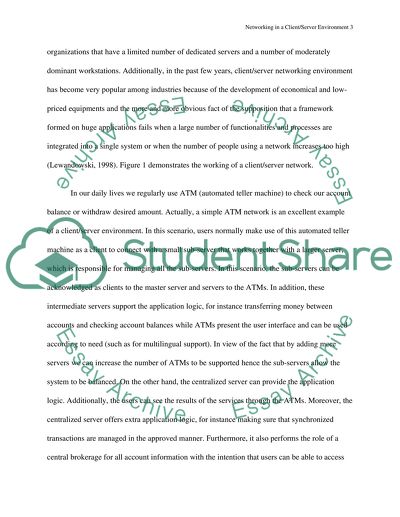Cite this document
(“Networking in a client/server environment Essay”, n.d.)
Retrieved from https://studentshare.org/information-technology/1468078-networking-in-a-client-server-environment
Retrieved from https://studentshare.org/information-technology/1468078-networking-in-a-client-server-environment
(Networking in a client/Server Environment Essay)
https://studentshare.org/information-technology/1468078-networking-in-a-client-server-environment.
https://studentshare.org/information-technology/1468078-networking-in-a-client-server-environment.
“Networking in a client/Server Environment Essay”, n.d. https://studentshare.org/information-technology/1468078-networking-in-a-client-server-environment.


